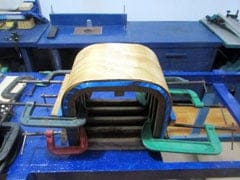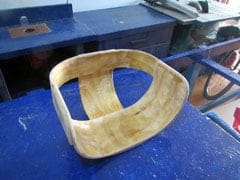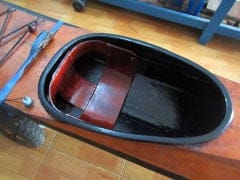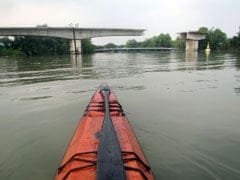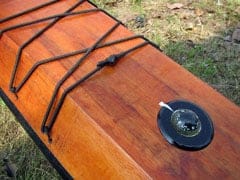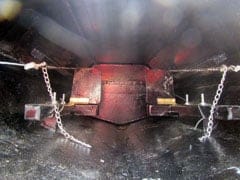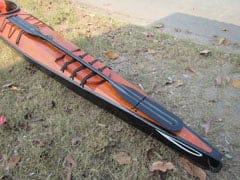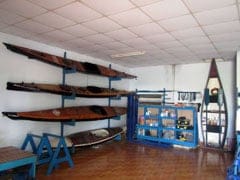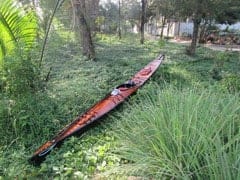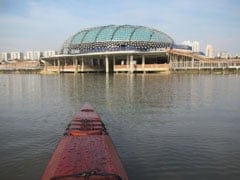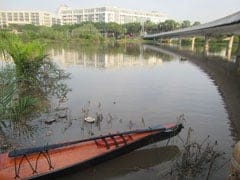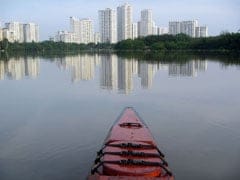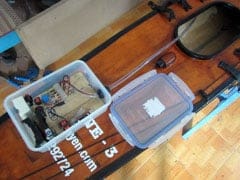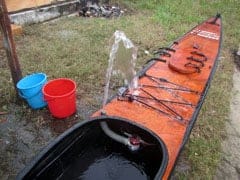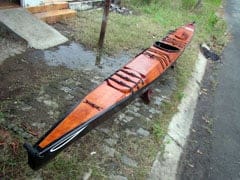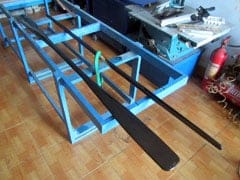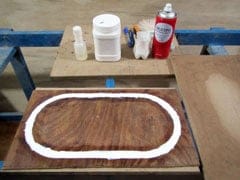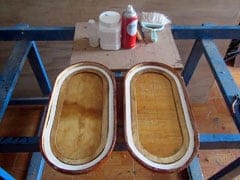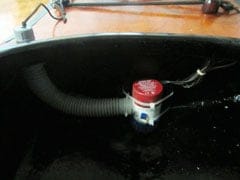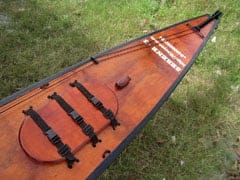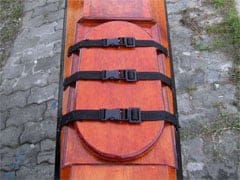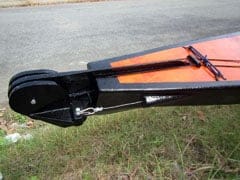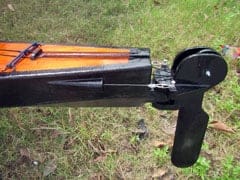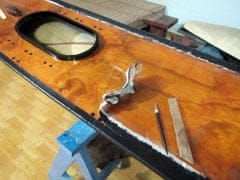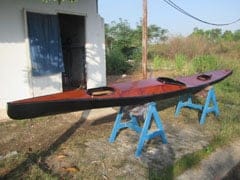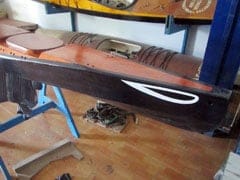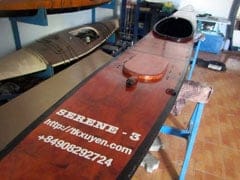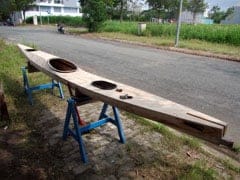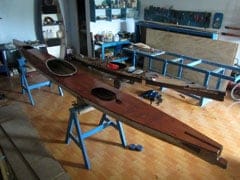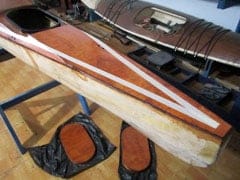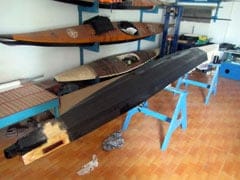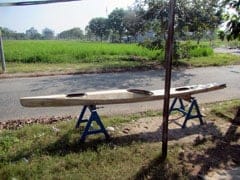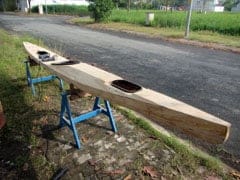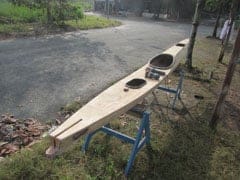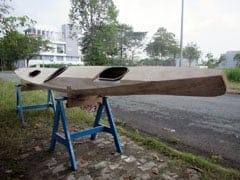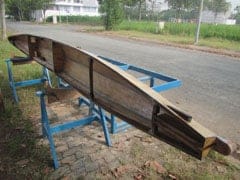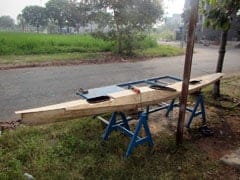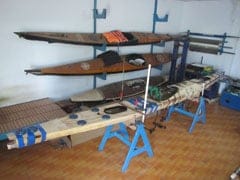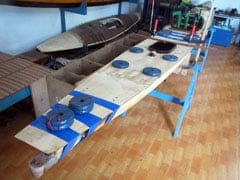I took the kayak out for several more paddling around my area, 12 ~ 24 km, and also took a few video shots, mostly from second – person positions. I want to observe the whole boat under action, its motions and its wakes, etc… I also want to see how the rudder works, to check if the hull need some trimming, as well as to observe my own paddling movements. Actually, I’m very lazy for video capturing (and editing), they’re time consuming jobs, I’d better concentrate just on paddling.
I made a new seat from plywood, of a very simple design, composed of 3 pieces of ply bended into curved forms around a frame made from MDF. This batch of plywood is really good, no cracks, no breakages even though tortured to extreme shapes. The seat is bolted onto two “hip braces”, connecting the cockpit coaming and the floor, providing a comfortable seat, and together with the rudder pedals, offer a very tight fit for my lower body, required to control the boat in turbulences.
The overall evaluation for Serene – 3 is very satisfying, the boat behaves very well, and very predictable under different conditions. Its stabilities enable me to lean the boat to extreme angles without falling, and I really enjoy its agility, which reacts instantly to my different paddle strokes. The hatches are completely waterproof, the rudder has (more than) enough steering power, and the electric – bilge pump system works just fine. More trialling ahead on this Lunar new year holiday.

